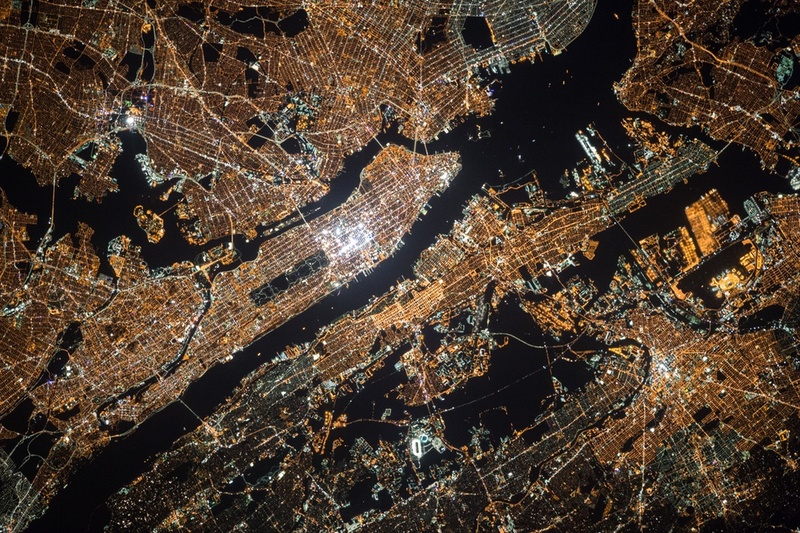Spaces and Flows’s Updates
Who owns our cities – and why this urban takeover should concern us all
The Guardian | Article Link | by Saskia Sassen
Does the massive foreign and national corporate buying of urban buildings and land that took off after the 2008 crisis signal an emergent new phase in major cities? From mid-2013 to mid-2014, corporate buying of existing properties exceeded $600bn (£395bn) in the top 100 recipient cities, and $1trillion a year later – and this figure includes only major acquisitions (eg. a minimum of $5m in the case of New York City).
I want to examine the details of this large corporate investment surge, and why it matters. Cities are the spaces where those without power get to make a history and a culture, thereby making their powerlessness complex. If the current large-scale buying continues, we will lose this type of making that has given our cities their cosmopolitanism.
Indeed, at the current scale of acquisitions, we are seeing a systemic transformation in the pattern of land ownership in cities: one that alters the historic meaning of the city. Such a transformation has deep and significant implications for equity, democracy and rights.
A city is a complex but incomplete system: in this mix lies the capacity of cities across histories and geographies to outlive far more powerful, but fully formalised, systems – from large corporations to national governments. London, Beijing, Cairo, New York, Johannesburg and Bangkok – to name but a few – have all outlived multiple types of rulers and of businesses.
In this mix of complexity and incompleteness lies the possibility for those without power to assert “we are here” and “this is also our city”. Or, as the legendary statement by the fighting poor in Latin American cities puts it, “Estamos presentes”: we are present, we are not asking for money, we are just letting you know that this is also our city.
It is in cities to a large extent where the powerless have left their imprint – cultural, economic, social: mostly in their own neighbourhoods, but eventually these can spread to a vaster urban zone as “ethnic” food, music, therapies and more.


